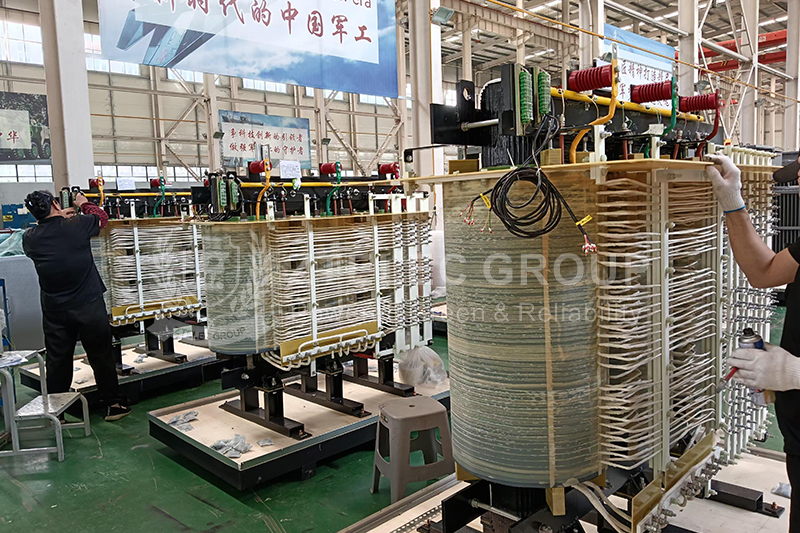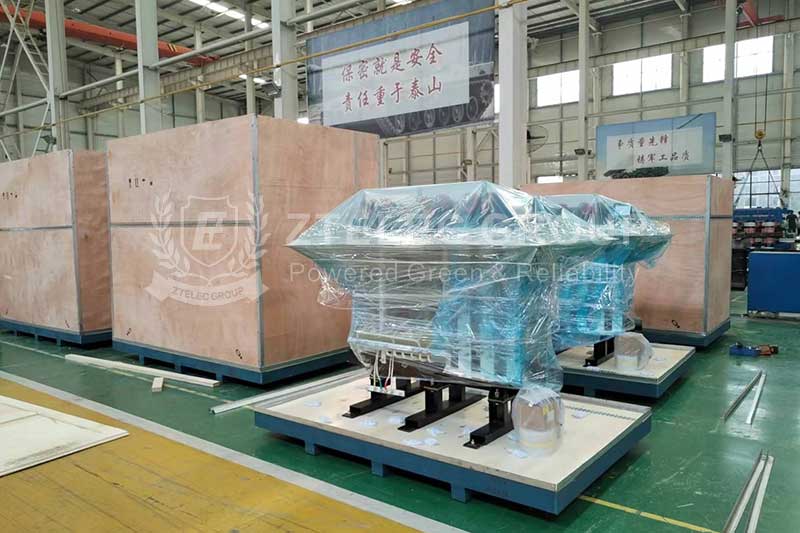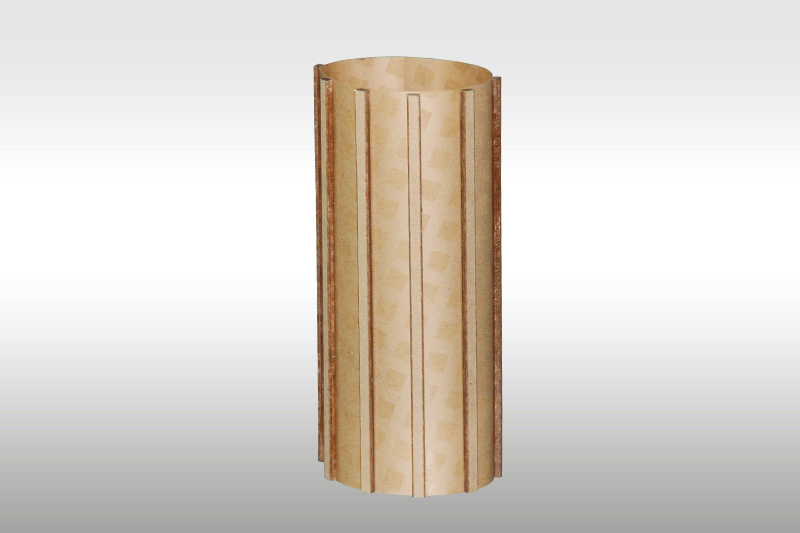The role of dry-type transformers in smart grids
Smart grids represent the development direction of modern power systems and have outstanding characteristics such as high efficiency, reliability, safety, and environmental protection. In the construction and operation of smart grids, dry-type transformers occupy a pivotal position with their unique structure and performance advantages. It not only meets the stringent requirements of smart grids for equipment, but also provides strong support for the intelligent development of power grids.
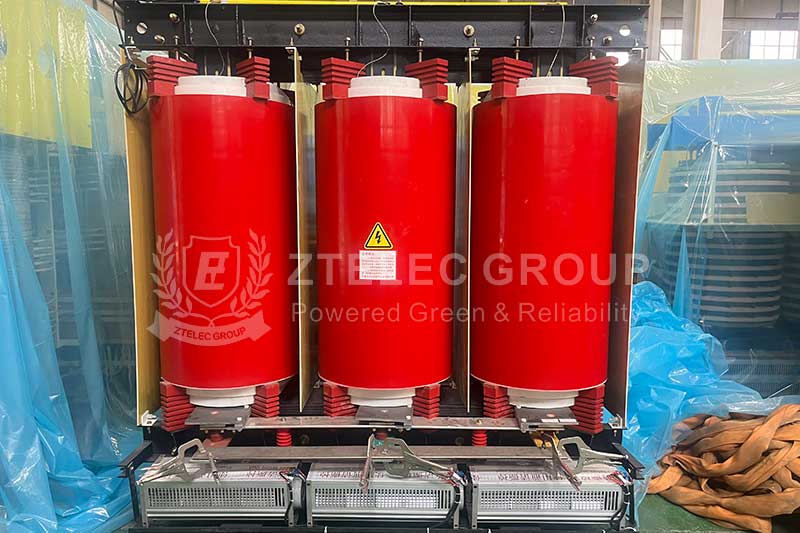
1. Improve the power supply reliability of dry-type transformers
Dry-type transformers use air insulation or solid insulation technology to effectively avoid oil leakage and oil seepage that may occur in oil-immersed transformers, which greatly reduces the risk of failure caused by oil filling. Its structure is simple and it abandons complicated auxiliary equipment such as oil pillows and radiators, which reduces potential failure points and improves its own operational reliability. In smart grids, stable power supply is the cornerstone to ensure the normal operation of various smart devices. The high reliability of dry-type transformers has laid a solid foundation for the continuous power supply of smart grids.
Dry-type transformers have excellent overload capacity and short-circuit tolerance. When the power grid encounters a short-term overload or short-circuit fault, the dry-type transformer can respond quickly and withstand high-intensity current shocks in a short time to prevent large-scale power outages caused by faults. At the same time, the monitoring system in the smart grid can monitor the operating status of the dry-type transformer in real time. Once an abnormality is detected, immediately take countermeasures to enhance the reliability of power supply.
2. Reduce harmonic pollution
Smart grids are connected to a large number of nonlinear loads such as power electronic equipment and variable frequency speed control devices. These devices will generate harmonic currents and have adverse effects on the power quality of the power grid. Dry-type transformers can effectively suppress the generation and propagation of harmonics, reduce harmonic pollution to the power grid, and improve the purity of electric energy through reasonable design and manufacturing processes, special winding structures and core materials.
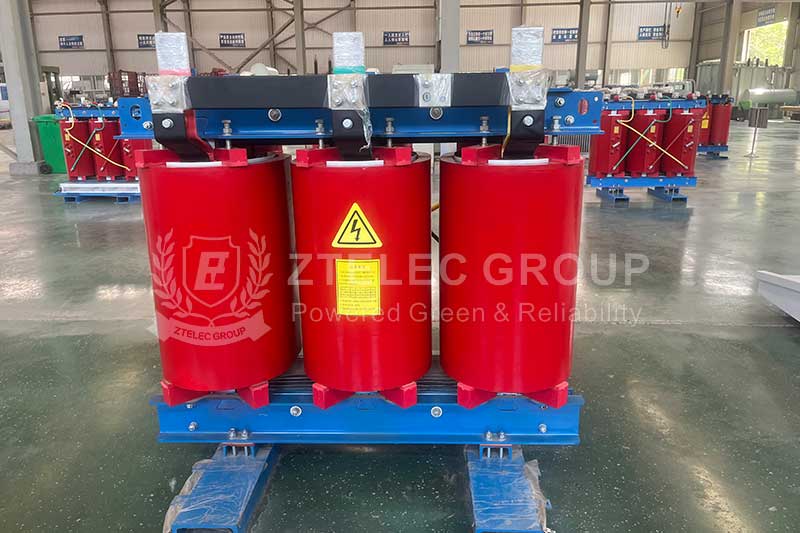
3. Stable voltage
Dry-type transformers have good voltage regulation capabilities. In smart grids, voltage fluctuations are a common problem. Dry-type transformers can use their own voltage regulating devices or work in conjunction with other voltage regulating devices to automatically adjust the output voltage according to changes in the grid voltage to maintain voltage stability. Stable voltage is extremely critical for the normal operation of smart devices, and can avoid equipment damage or performance degradation due to voltage fluctuations.
4. Flexible installation methods
With the large-scale access of distributed power sources such as solar photovoltaic power generation and wind power generation to the smart grid, higher standards have been put forward for the installation and use of transformers. Dry-type transformers are small in size, light in weight, and flexible in installation. They can be installed nearby according to the distribution of distributed power supply, reducing transmission losses and improving energy efficiency. In addition, dry-type transformers have a variety of installation methods. They can be installed indoors or outdoors, and can adapt to various environmental conditions.
5. Energy saving and emission reduction
Dry-type transformers use advanced core materials and winding processes to reduce iron loss and copper loss and improve the operating efficiency of the transformer. Compared with traditional oil-immersed transformers, the no-load loss and load loss of dry-type transformers are significantly reduced, which can reduce the loss of electric energy during transmission and distribution, and achieve the goal of energy saving and emission reduction.
Dry-type transformers do not use insulating oil, which avoids environmental pollution caused by oil filling. In the entire process of manufacturing, use and scrapping, dry-type transformers have minimal impact on the environment, which is in line with the concept of green and sustainable development of smart grids.
- more+releated article
- 2025-10-21Application of K Factor Transformer
- 2025-10-21Detailed explanation about transformer model w
- 2025-10-2010kV Oil-Immersed Transformer Safety: Lightnin
- 2025-10-20What are The Advantages of Phenolic Cotton Clo
- 2025-10-17Are Three-Phase Isolation Dry-Type Transformer
- 2025-10-17G10 Epoxy Sheet: Choosing the Right Specificat
- 2025-10-1610kV Oil-Immersed Transformer Operation Inspec
- 2025-10-163240-B Epoxy Phenolic Glass Fiber Cloth Lamina
- 2025-10-15G10 Epoxy Sheet: The Preferred Insulation Mate
- 2025-10-15Analysis of Energy-Saving and Noise Control Te

